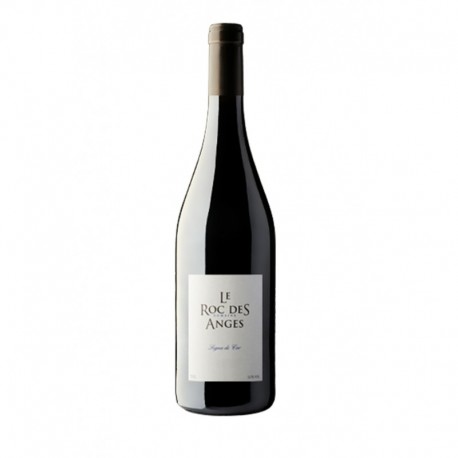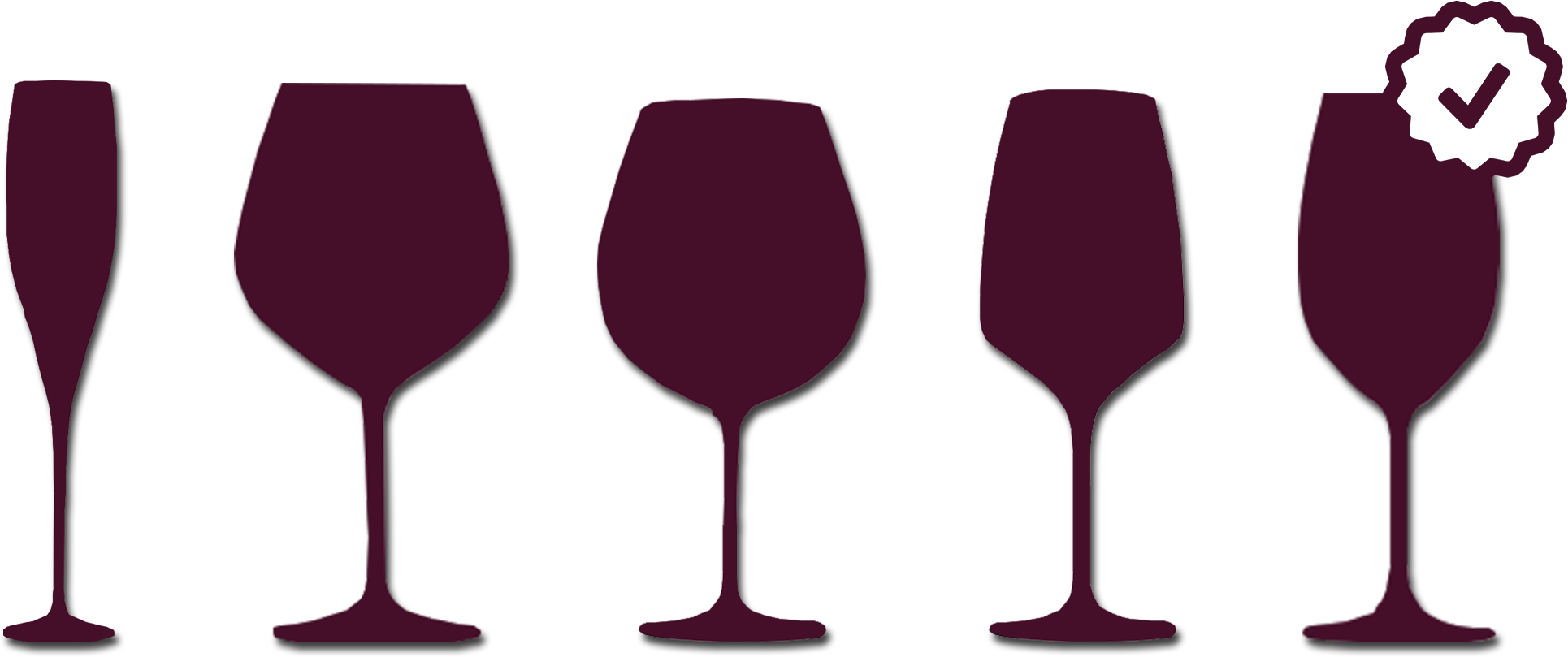No products







Domaine Le Roc des Anges Côtes-du-Roussillon Segna de Cor 2018
| Region | Languedoc |
| Appellation | Côtes-du-roussillon |
| Producer | Domaine Le Roc des Anges |
| Color | Red |
| Grape variety | 50% Grenache , complété par le Carignan et la Syrah |
| Visual aspect | Dark red |
| Odor characteristic | A fruity nose while. |
| Taste attributes | Incisive and frank and keeps a sweet fruit. |
| Aromas | Fruity |
| Degree of alcohol | 13 ° |
| Type of terroir | shales |
| Operating temperature | 15° |
| Aeration | Non |
| Decanting | Non |
| Type of agriculture | Biodynamie |

14 bottles in stock
The area of the Roc des Anges is established in 2001 by Stephan and Marjorie Gallet. The couple has a passion for the land, comes from Normandy, the Côte-Rôtie. They decide to start a agricultural engineer training before falling in love with this piece of land of Roussillon, wild and open. They start with 10 hectares, composed of centuries-old vineyards acquired through cooperatives. The area of the Roc des Anges is spreading rapidly through the successive acquisition of land, it can be justified by a low return on their soil without clay.
The Côtes du Roussillon is a controlled designation of origin wine produced around Perpignan in the Pyrenees Orientales, and all the plain of Roussillon. Large amphitheater bounded on the east by the Mediterranean, the south by the Albères Mountains and Spain, to the west by the foothills of the Canigou and North by the Corbières.
Deployed on several departments (Gard, Pyrénées-Orientales, Aude, Herault), Languedoc-Roussillon vineyards is 42,800 hectares of vineyards and 1.8 million hectoliters of wine each year. The Greeks planted the first vines in the fifth century BC. Then the Romans cultivated and, until the seventeenth century, the vineyards experienced a great outpouring. Phylloxera destroyed in 1863, the vineyards of the country. In the twentieth century, thanks to a greater number of exploitable hectares, the wine region of Languedoc-Roussillon became a more French vineyards. It enjoys a Mediterranean climate, with hot and dry summers and milder winters. The area is not prone to heavy rainfall. Tramontana dry vines and preserves diseases. The climate therefore promotes the cultivation of vines. Yet for years the reputation of the wines of the region, due to lack of product quality was poor. The noble varieties appeared in 1970, with a revival in this region. Current varieties are Grenache, Cabernet Sauvignon, Syrah, Cinsault, Carignan, Mourvèdre, Merlot, Muscat, Clairette, white Grenache, Bourboulenc, Picpoul and mauzac. The vines are based on various soils: limestone scree, shale, marl, sandstone, sandy clay soil. This diversity enriched the soils and the AOC that offer the region.

